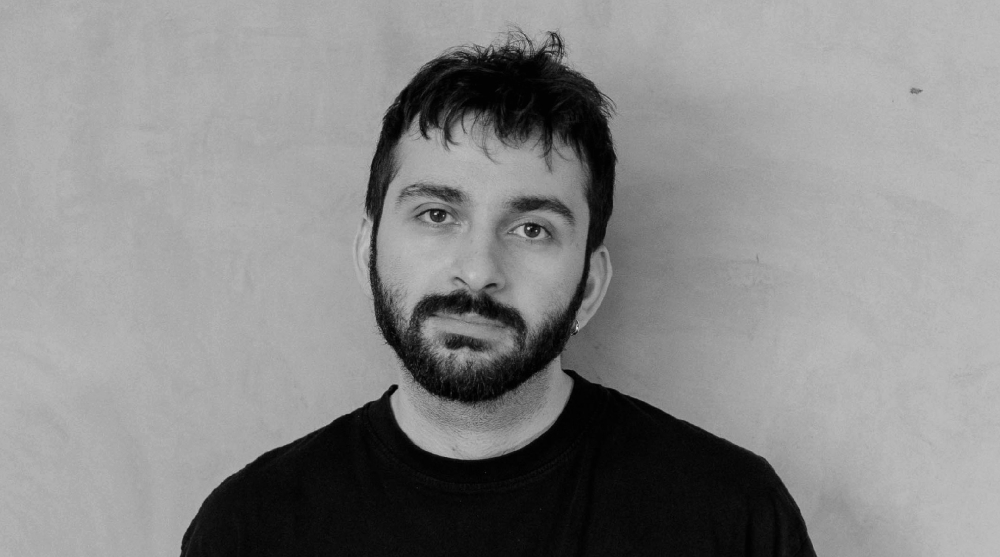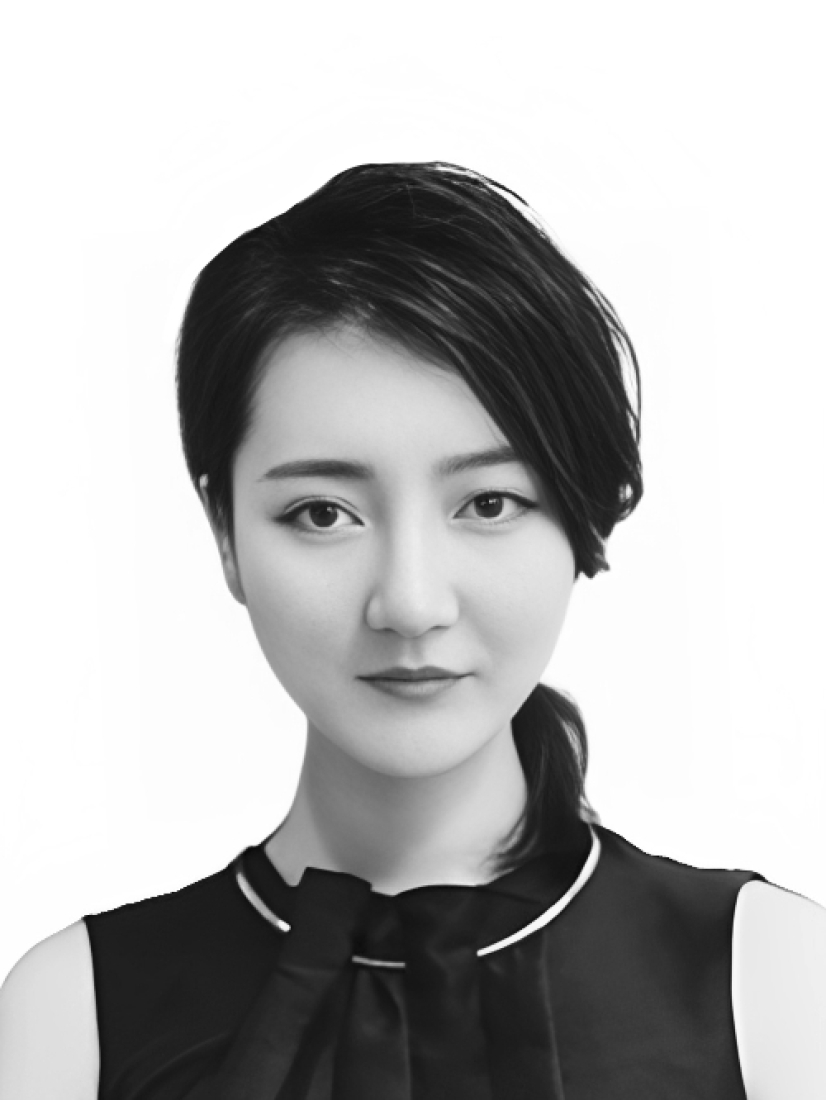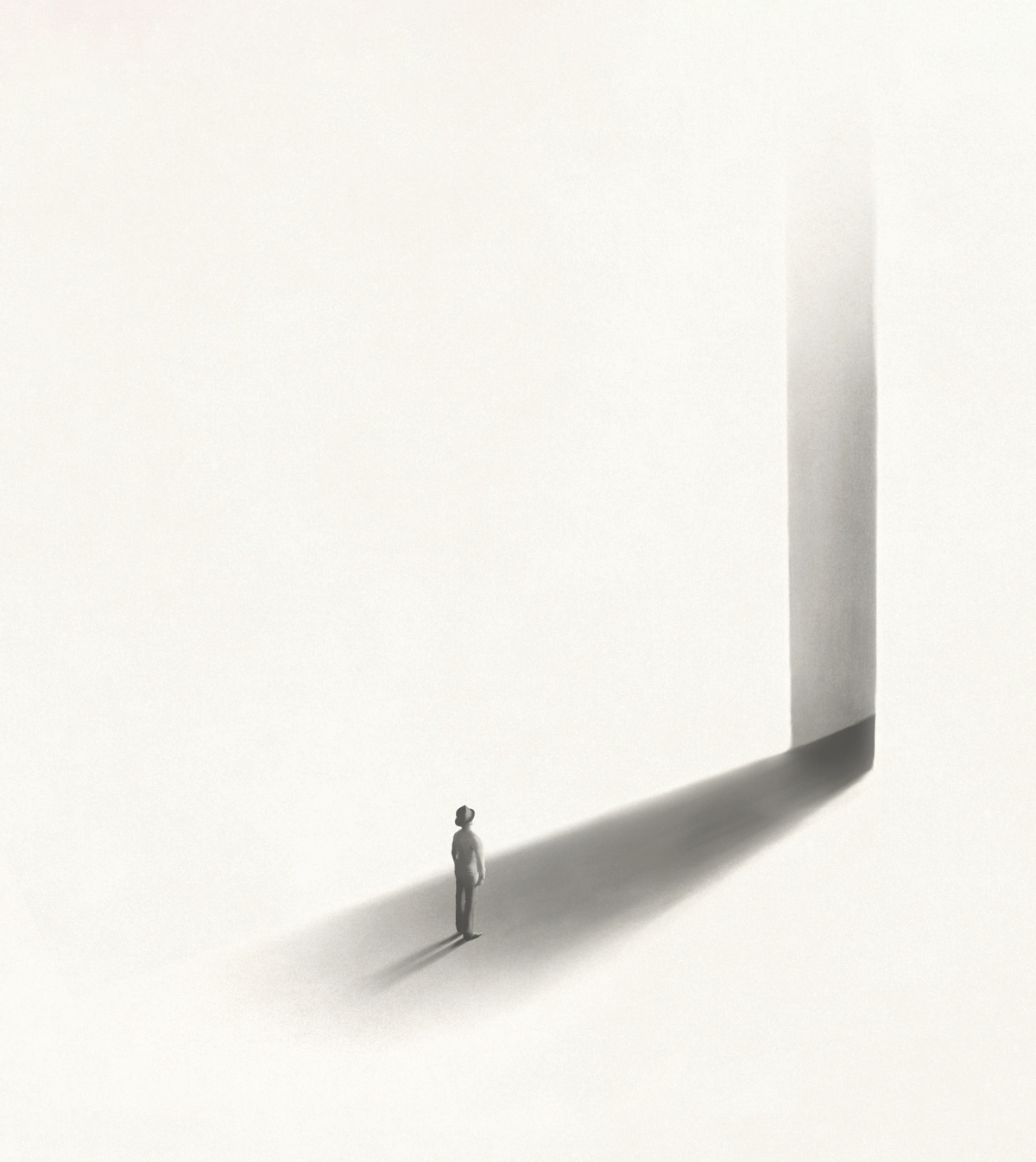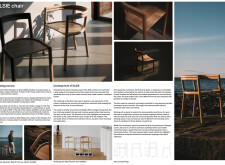Introduction
Buildner is pleased to announce the results of its first annual Architect’s Chair Competition.
Chair design is a testament to the interdisciplinary nature of architecture. It showcases the ability of architects to adapt their skills and sensibilities to various scales and contexts, blurring the lines between architecture, design and art. This versatility allows architects to explore new ideas and challenge conventional notions of what a chair can be, pushing the boundaries of aesthetics, materials and technology.
The event invited architects and designers from around the world to submit designs for a signature chair. Following in the tradition of iconic architects like Charles and Ray Eames, Ludwig Mies van der Rohe, Marcel Breuer, and Arne Jacobsen, participants were tasked with conceiving custom chairs that embody their distinct design philosophies and visions.
Buildner worked with an outstanding team of jurors representing the fields of architecture, product design and furniture design: Johan Ansander, an industrial designer based in Stockholm; Rasmus Bækkel Fex, a furniture designer with a studio in Copenhagen; Boris Berlin, a designer and Partner of Copenhagen-based Boris Berlin Design; Anne Brandhøj, a Partner at the furniture design studio Bly Studio who also works with wood sculptures under her own name Anne Brandhøj; Mårten Claesson, co-founder of Claesson Koivisto Rune Architects based in Stockholm; Sarah Hossli, a product designer based in Lucerne, Switzerland; Lorenz Noelle, a product designer based in Switzerland; Li Xiang, Founder and CEO of X+Living, which she established in 2011 in Shanghai; and Takeshi Yamamura, a Japanese architect and founder of Tokyo-based YSLA YamamuraSanzLaviña Architects.
The competition received entries from across the globe. Buildner and its jury team evaluated the submissions based on their functionality and comfort, aesthetics and signature style, materiality, craftsmanship and construction, and versatility.
Buildner and its jurors would like to thank the participants for submitting their work and to congratulate the winners for their excellent designs which are hallmarks of precision, craftsmanship and innovation.
1st Prize Winner
Bunker Stuhl

I enter architecture competitions to win.
Read full interview Spain
Spain
Jury feedback summary
Bunker Stuhl aims to create a cutting edge volume, resembling a brutalist architectural structure. A play on the contrast between the volume and the void, an original block transformation is carved and shaped into space and straight lines that becomes a functional seat, a backrest and a base. The environmentally-friendly chair is made of 100% recyclable polyethylene with a smooth and polished look that balances massiveness with thin edges.
Buildner's commentary, recommendations and techniques review
Order your review hereGiven this competition seeks new ideas for furniture which fundamentally is to provide human comfort, it would be helpful if the submission found ways to prove that the design meets basic parameters for ergonomics and functionality. The drawings would benefit from human scale figures that describe how one uses and fits into this chair. The project would also be made more complete by using annotation to describe materiality in addition to the provided dimensions - a reader should not have to search the text for this information. The renderings are exquisite and help relate the architecture of the chair to the brutalist qualities of the buildings it apparently is designed to serve.
2nd Prize Winner
Elsie Chair

We engage in architecture competitions to exhibit our designs, expand our reach, and stay current with industry trends. These competitions fuel our creativity and inspire experimentation within our firm.
Read full interview in collaboration with: Les jardins de métis and L'Autre Atelier
in collaboration with: Les jardins de métis and L'Autre Atelier 
 Canada
Canada
Jury feedback summary
The Elsie chair is a tribute to Elsie Reford, the creator of the historic Reford Gardens in Grand-Métis, Québec, Canada, and inspired by the classic bentwood chairs of the 19th century. It is the testimony of a deep desire to do better with material and human resources. It aims to develop a new expression of the classic vocabulary by removing all superfluous elements while keeping the essence of the chair, its seat and back. The result is striking in its purity and fluidity. The four chair legs support the seat and continue upward where they become the back and the arms. The thinness of the seat highlights the seven bars that make up the chair and whose size is larger than the tradition. The oversized nature of these pieces attracts the eye, but also invites touching and exploration.
Buildner's commentary, recommendations and techniques review
Order your review hereThe project is to be lauded for its use of photography which clearly describes production as well as detailing of joints employed to produce this chair. There are two main criticisms. The first is that the text is lengthy and without hierarchy or clear organization and would therefore benefit from more concise descriptions using key bold introductory words or subtitles. The second is the lack of drawings to describe dimensions or materials used to make the chair. Basic dimensions are critical to understanding the design of this piece of furniture and the author is advised to consider the use of line drawings or annotating the photos directly.
3rd Prize Winner
Purvottanasana Chair

Competitions serve as valuable learning experiences. They provide a chance to hone our skills and expand our creative horizons, receive feedback from jurors or peers, and refine skills and techniques. The process of conceptualizing, developing, and presenting a competition entry can be incredibly enriching, fostering growth and improvement as an architect.
Read full interview Germany
Germany
Jury feedback summary
'Purvottanasana' chair with its radical minimalism emphasizes on geometric purity and appreciates the intrinsic beauty of its wooden material. Its elemental geometry brings simplicity in construction and solidity in appearance. Each trame on the side consists of three rectangular pieces of walnut wood connected by mortise and tenon joints. The seat connects the frames and the wooden block, which is placed on the frame as backrest and armrest, revealing its wooden and cracked nature. According to the author, the employment of legible geometry, as exemplified in the works of designers like Donald Judd and Alvar Aalto, helps to accentuate the distinct properties of materials.
Buildner's commentary, recommendations and techniques review
Order your review hereThe project makes excellent use of simple line drawings and diagrams to describe constructability, dimensions and human scale. The use of a single large photo supported by two photos focused on details is also successful and wholly impactful without. The text is, however, rather winding and without hierarchy, both visually and in terms of the information it conveys. It is recommended that the author consider the submission much like a user manual, and to break the text into concise statements with headings that describe the main conceptual or material points. While the submission is intentionally minimalist, the author may also consider providing slightly more weight to the linework in the axonometrics. As currently drawn they nearly disappear onto a page that has little other information to compete with.































































































































